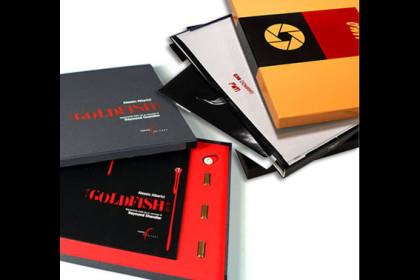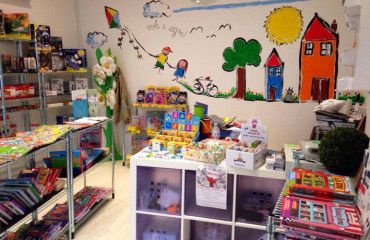
What does a coffee table book have that others do not? Generally it is a good quality book, or even a luxury one, with a hard cover, made to be placed on a coffee table or desk where you grab it easily and entertain guests with: created with the function of providing topics for conversation or to help to overcome any moments of boredom. But nobody forbids to use it for personal pleasure. Because they do not have to be transported, coffee table books tend to have large sizes and weights; the subjects are usually non-fiction: many photographs and illustrations, little wording.
It seems that the modern coffee table book was invented by David R. Brower. While he was executive director of the environmental foundation, Sierra Club, he created a series of books that combined photographic images and words about nature on pages large enough to ensure that the eye was forced to move within the boundaries of the image without grasping everything with one quick glance. The first of the series, This is the American Earth, with photographs by Ansel Adams and others plus the writing of Nancy Newhall, was published in 1960; consisting of twenty titles the series became known as the “Exhibit Format”.
The concept of a book intended mainly to look good, however, seems to have appeared long ago: Michel de Montaigne in his essay, On a few verses by Virgil, published for the first time in 1580, complained that his books were used as ornaments to put near the parlor window; the concept was taken almost two centuries later by Laurence Sterne in the funny novel, The Life and Opinions of Tristram Shandy, gentleman in a more light-hearted way.
Coffee table books have also been used for purposes of political propaganda and are very present in many areas of popular culture, especially in the Anglo-Saxon one (see an example here). They can also be real pieces of art, made with special care and creativity, original ideas and valuable collectibles or gifts. And perhaps the future of the book is right here: ebooks will replace the paperback, the essays and textbooks, but not the objects of “craft” designed to hold high the value of the book, understood in its noblest sense.
 English
English  Italiano
Italiano 



